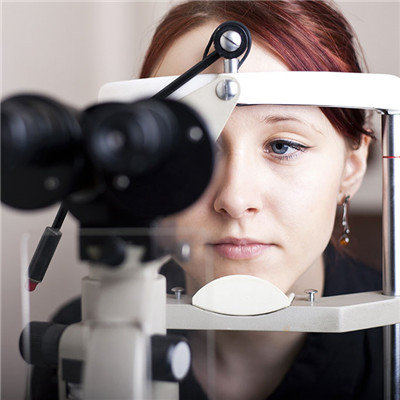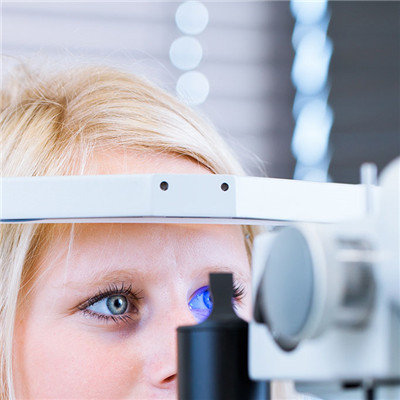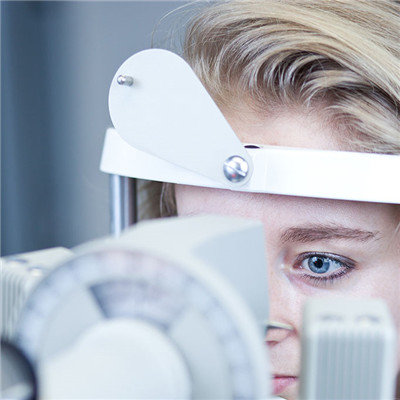What symptom does astigmatism have?
summary
Astigmatism is a defect of the eyeball. The image formed by a distant object on the retina is a line rather than a clear point. This is because the cornea or lens is not round enough. Astigmatism mainly occurs in the cornea, Different parts of the cornea have different focusing ability. The refractive power of the cornea on two mutually perpendicular meridians is different. As a result, the vision is distorted or tilted. What are the symptoms of astigmatism? Let's talk about it
What symptom does astigmatism have?
Blurred vision: blurred vision is closely related to the degree and manner of astigmatism. People with mild astigmatism usually have normal vision, but they may have headache, eye fatigue and blurred vision when looking at objects at a certain distance. People with severe astigmatism have blurred and distorted vision.

Visual fatigue: the blurred image on the retina needs to be adjusted constantly, and the vision is distorted, so astigmatism, especially hyperopia astigmatism, is prone to visual fatigue. Young people with compound hyperopia and astigmatism can often make up with adjustment. According to the degree of adjustment, they can form pseudo simple hyperopia astigmatism, pseudo simple myopic astigmatism or pseudo compound myopic astigmatism.

Abnormal head position and eye position: in order to see more clearly, people with highly asymmetric astigmatism often take tilted head position, which leads to strabismus, and astigmatism can be recovered after correction. People with high astigmatism often squint when they look at distant objects to achieve pinhole and fissure effect, so as to improve their vision. Through pinholes or cracks to see things, you can reduce the impact of astigmatism on vision.

matters needing attention
Should ensure adequate sleep, adequate sleep is the best way to eliminate eye fatigue. Eat more purple and yellow fruits and vegetables. To eat more fish, eggs, milk, beans, vegetables, fruits, honey and other nutritious food.















